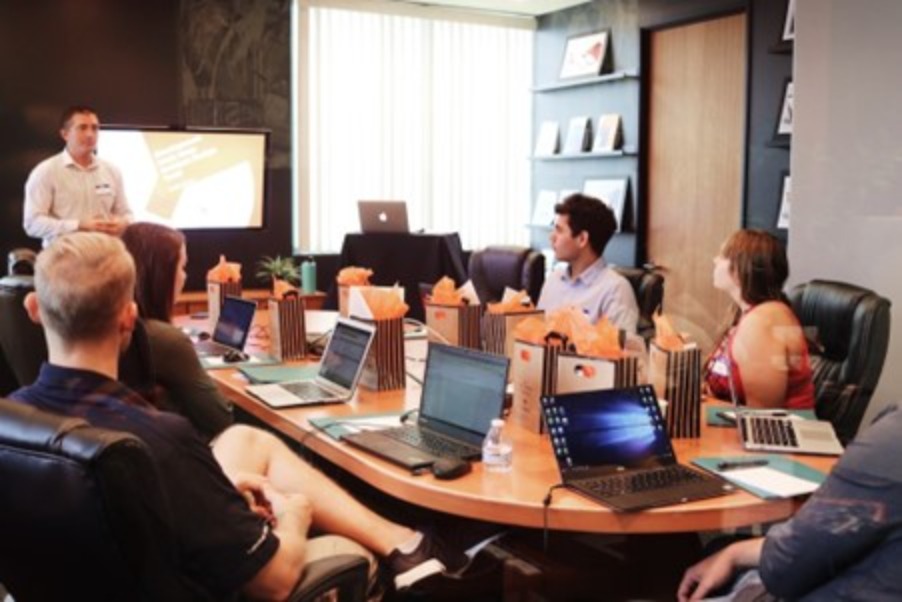A bad hire is costly - not just the direct costs of recruiting and training a replacement. There are indirect costs, like the impact on morale and company culture.
This is why it's so important to streamline the hiring process. By taking the time to identify key criteria upfront and the right techniques, you can reduce the risk of making a costly mistake.
What are the benefits of streamlining the hiring process?
1. Hiring mistakes are expensive, so avoiding them can save your business money.
2. A streamlined process makes identifying the best candidates for each role easier.
3. It helps to ensure that all candidates are treated fairly and consistently.
4. Streamlining your hiring process helps hiring managers complete hires quickly and efficiently.
5. A process for each new hire makes life much easier than starting from scratch.

What are the five key steps in streamlining the private equity interview process?
1. Define the key skills for each position.
What is a must-have, as well as an acceptable range of options? Make sure they aren't just about technical skills or deal experience. EQ and learning ability are critical factors to an employee's successful career with your firm. How will you measure this? Ensure this is communicated to everyone involved and reflects the job description.
Have you considered the following factors to help you better understand a non-skills-related assessment?
How do they leverage their intellect? Cognitive quotient (CQ)?
Do they take time to step back from their responsibilities and think about them from the perspective of their employer (or their employer's)? Do they try to look around corners when making even modest decisions? Does one have an MBA without knowing how it relates to real business results? Do they regularly pause from their occupations and consider things from the standpoint of their boss (or their boss's boss)? When making minor choices, do they ground their decision-making in how they may create value for the organisation?
What motivates the individual, and how do they apply their energy? Emotional Quotient (EQ)
These people engage in making a difference — for example, those who use their observations to persuade relevant parties and achieve goals. Furthermore, look for those who can deliver tough news with compassion and strength.
What motivates them, and how do they apply their energy? Drive Quotient (DQ)
DQ types are daring, tenacious, and fearless. They're also resilient: When they fall short, they reset their perspectives, reframe their situations, and try again. Most significantly, rather than just improving as people but also at the company level to magnify outcomes, most DQ personalities seek to improve not just personally but organisationally as well.
2. To assess candidates against those standards, use structured interviews.
When it comes to interviews, there are two main types: unstructured and structured. Unstructured interviews are the traditional type, where the interviewer asks questions on various topics. These questions can be difficult to compare between candidates, as they may not be asked in the same order or at all. This can lead to bias on the interviewer's part, which is why structured interviews were developed.
Structured interviews are designed to minimise bias and increase fairness. In these interviews, all candidates are asked the same set of questions in the same order. This allows for better comparison between candidates. Additionally, structured interviews are more diverse, often including a wider range of questions. There is a wealth of research that demonstrates the effectiveness of structured interviews. A study by the American Psychological Association found that structured interviews predicted job performance better than unstructured interviews. Another study, this one by the Society for Human Resource Management, found that structured interviews reduced bias in hiring decisions. Finally, a meta-analysis of over 500 studies found that structured interviews outperformed unstructured ones regarding the validity and predictive power across various settings. Further studies show that bias can be further reduced by using multiple raters in the interview process.
To maintain a consistent technique, training is essential. We experience frequent candidate dropouts due to single interviews going badly with poorly trained hiring managers. Do you need to set up a training system for current and new employees?
3. Make sure you include the appropriate people in the decision-making process.
Hiring by committee entails that just one person may stifle progress on a candidate by refusing to advance them (typically a bias-based choice). Have managers with experience using a scoring matrix and make decisions based on this, i.e., consider things from a bigger perspective.
4. Too many steps in your hiring process will turn potential candidates away.
3-4 stages are the optimum number of steps. Empirical evidence shows that utilizing key stages in your processes, such as a work-based test or GMA, increases the chances of finding the right candidate. Do not rely on references alone, as they have been proven biased with only a 7% success rate. Non-structured interviews are also open to biases and should be avoided if possible.
5. Demonstrating your company culture, values, and work/life balance should be a clear step in your recruitment process.
A recent study by Altus Partners demonstrates how important this is to prospective candidates. Don't leave it until the end of the process as it may be too late – ideally, make it the first or second stage (the initial screen).
While constructing the hiring process, make sure each step radiates the culture. For example, administer situational judgment tests which present candidates with work-related scenarios and measure their responses to see if they are a good fit for the organisation.

Conclusion
If you want your PE firm, company, or team to succeed, then it's time to break from the norm and change your consensus-oriented hiring culture. Hiring the best candidate for each role is essential to business success.
The strategies above will help you extend offers and hire productive employees often overlooked by your competitors, giving you a chance to rise above them. Hiring the top talent is essential to the success of any private equity business. You can avoid making costly mistakes by taking the time to streamline your process.
Altus Partners offers private equity recruitment training in interview best practices, provides advisory and structuring for interviews and is trained in psychometric evaluations. Should any of these be of interest to your firm, please contact info@altus-partners.com.
This guide was to help attract better talent for private equity firms and was written by Ed Chamberlain. He isthe founder and CEO of specialist Private Equity executive-search firm Altus Partners. Find him on Linkedin
Altus Partners
At Altus Partners, we operate as one unified, award-winning team with diverse expertise across the private equity industry.
Please contact the relevant team if you are interested in discussing your private equity recruiting process, pe interviews, hiring professionals for private equity funds or PE-backed companies, or private equity jobs.
For detailed information on Private Equity, Venture Capital, Credit or more general private markets investment jobs or advice on private equity interviews, please contact the Investment Practice
To speak through careers in finance, accounting, strategy, and M&A for PE firms' portfolio companies, please contact the Portfolio Practice
To discuss careers in fund finance, legal or operations within a Private Equity or Venture Capital fund, please contact the Fund Finance Practice


.png)
.png)
.png)
.png)

.png)
.png)




Connect with us